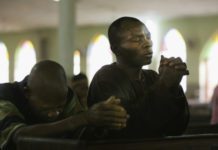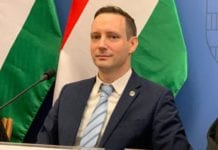By Stefan J. Bos, Chief International Correspondent BosNewsLife

BUDAPEST, HUNGARY (BosNewsLife)– Young people in the Balkans have created an interactive map of Europe’s worst massacre since World War II. The map and audio-visual presentations are about the Bosnian town of Srebrenica, where thousands of Muslim men and boys were killed by Serbian forces in 1995. The Internet initiative comes as Europe prepares to remember next month what is known as the Srebrenica Massacre.
Viewers may be forgiven for briefly being confused. “Srebrenica, mapping genocide,” a voice says, as he explains what online visitors to the website can expect.
It seems like a science fiction film or computer game as a camera and radar equipment search for targets.
But soon, familiar faces appear, including those of former Bosnian Serb President Radovan Karadzic and his wartime commander, Ratko Mladic. Both men are accused of ordering Serbian troops to kill as many as 8,000 Muslim men and boys after they overran the Bosnian town of Srebrenica in 1995 during the Bosnian War, following the break up of Yugoslavia.
The website – Srebrenica-mapping genocide – was launched by the Sarajevo-based advocacy group Youth Initiative for Human Rights in Bosnia-Herzegovina, which is funded by the United States and other Western countries as well as several nongovernmental organizations.
Its director, Alma Masic, says the project seeks to encourage young people to prevent similar violence

“We want this website to become part of the alternative educational world and particularly for the future generation in the Balkan region as the future decision makers in this area. So once when they understand what had happened here in the 1990s, that they, when they come in the position of decision makers again, will do anything that is in their power to prevent such horrible things to ever happening again,” she stated.
Using documentary animation and digital maps, the website follows the events related to what was Europe’s worst atrocity since World War II.
It also shows a key witness at Srebrenica – Drazen Erdemovic – who was part of a Bosnian Serb execution squad that killed hundreds of Muslim men and boys on a collective farm on July 16, 1995.
Speaking before the United Nations War Crimes Tribunal in The Hague, Erdemovic says his commander told the execution squad how to stand. Policemen, he says, then brought Muslims to the execution squad. Erdemovic says his unit and another killed between 1,000 and 1,200 people.
Prosecutor Mark Harmon at The Hague asked “Are you able to estimate how many people you killed?”
Erdemovic replied he does not know exactly and that he prefers not to know how many people he killed.
A witness to the massacre testified at The Hague.
He says he was not shot, but that he fell to the ground and that a man fell on him. When the shooting stopped, he says a Serb soldier asked whether anyone was still alive. He recalls that a man said “Yes, I am alive” and that another man said “Me, why don’t you shoot me?” The witness says the soldier then pulled the trigger.
Masic of the Youth Initiative for Human Rights in Bosnia-Herzegovina says that tens of thousands of people already have heard this and other testimonies on the website.
Masic says she is pleased there has also been interest in the project from researchers in Rwanda, which suffered the killing of hundreds of thousands mainly ethnic Tutsis, following the killing of Hutu president, Juvenal Habyarimana in 1994.
“We were very happy to see according to our statistics that 46 downloads were happening in Rwanda as well. We are hoping that we will receive some response from our colleagues from Rwanda, hoping that they might consider this educational tool as a possibility for them to map their own genocide. That really shouldn’t remain forgotten and should be really raised up [to a] higher level,” she said.
Masic says she hopes the website, which was developed by young human rights activists from across the Balkans, can help prevent similar crimes.








